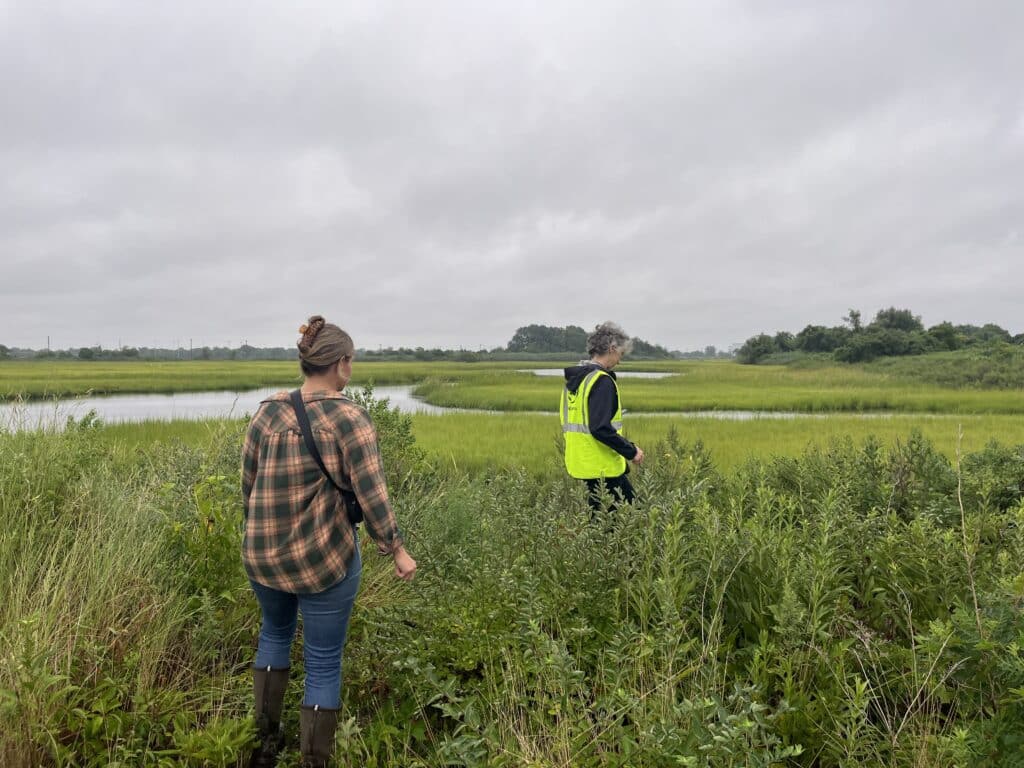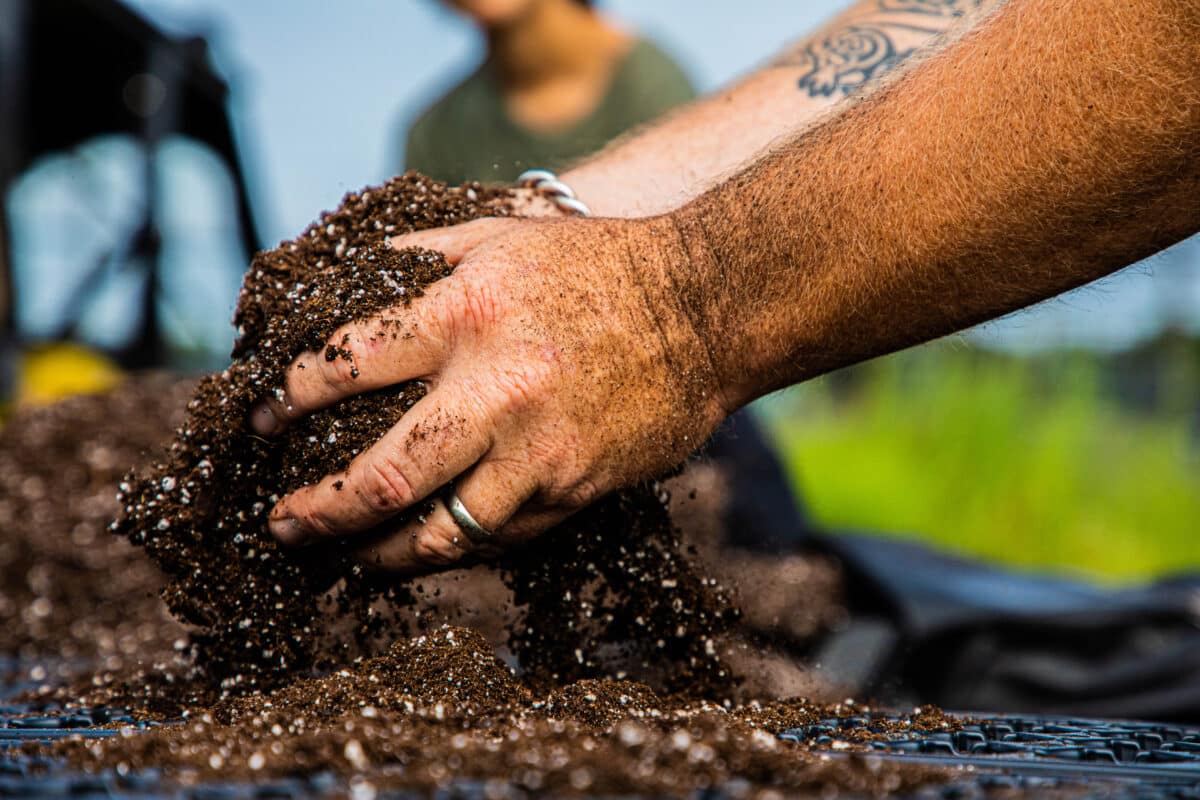Climate Change and Urban Nature
By Jeffrey A. Clark, Clara C. Pregitzer, Crystal A. Crown, Sophie Plitt, Mark A. Bradford, Fiona Jevon, Shijuan Chen, Juwon Kong, Michelle Mueller-Gamez
By Jeffrey A. Clark, Clara C. Pregitzer, Crystal A. Crown, Sophie Plitt, Mark A. Bradford, Fiona Jevon, Shijuan Chen, Juwon Kong, Michelle Mueller-Gamez
With more frequent extreme weather events and higher average temperatures, there is a clear need to address the impacts of climate change. These impacts are especially high risks for urban areas, as these landscapes already experience higher temperatures and risk of flooding due to the large amounts of impervious surfaces. With the majority of people living in cities and a growing influx of residents, the climate-related problems faced by urban residents represent a challenge to a significant portion of the global population.
However, a potential solution to many of the challenges posed by climate change already exists within many cities. Urban natural areas provide a multitude of environmental benefits, from mitigating stormwater run off to reducing local temperatures. Despite the many benefits of urban natural areas, these spaces are often overlooked when it comes to landscape planning and funding. As a result, a valuable set of tools for mitigating climate change are often under maintained and underfunded. The lack of attention also increases the risk that climate change negatively impacts and damages these natural areas, reducing potential climate solutions and further exacerbating the impacts of climate change.
With this report, we aim to highlight the potential climate mitigating impacts of urban natural areas as well as identify climate-related risks to these natural areas. We acknowledge that the intersection of climate change and urbanization is complex, and one report is unlikely to capture all of the different interactions within urban landscapes. Additionally, many reports explore how urban greenspace is integral to the sustainable design of cities. However, this report will serve as a resource specifically addressing the role of urban nature in the context of climate change. We also present explicit examples both of how urban nature can reduce climate impacts and how city governments and organizations are protecting urban nature from climate change. We recognize cities exist within a complex social governance framework so we focus on the direct impacts and opportunities.

Urban stormwater management is a growing challenge in the face of climate change, especially in cities like New York with aging gray infrastructure and increasing impervious surfaces. This report, “Reducing Runoff: The Role of Urban Natural Areas in Stormwater Management,” presents a comprehensive analysis of how urban natural areas, including ...

Urban natural areas are crucial for enhancing city livability and environmental health but are often overlooked, underfunded, and missing formal protection, which leads to loss of ecological benefits, missed opportunities for community engagement and nature access, and overall loss of natural areas. Governance structures for urban forested natur...

In New York City, tidal wetlands are a critical part of coastal resiliency and provide numerous ecological and social benefits. State and federal wetlands mitigation regulations require that development resulting in wetland impacts offset those losses through wetland creation, restoration, and enhancement – with a ...
